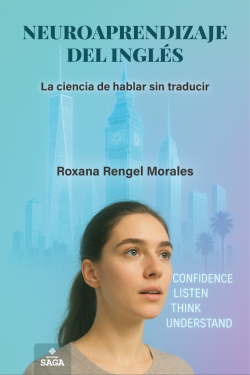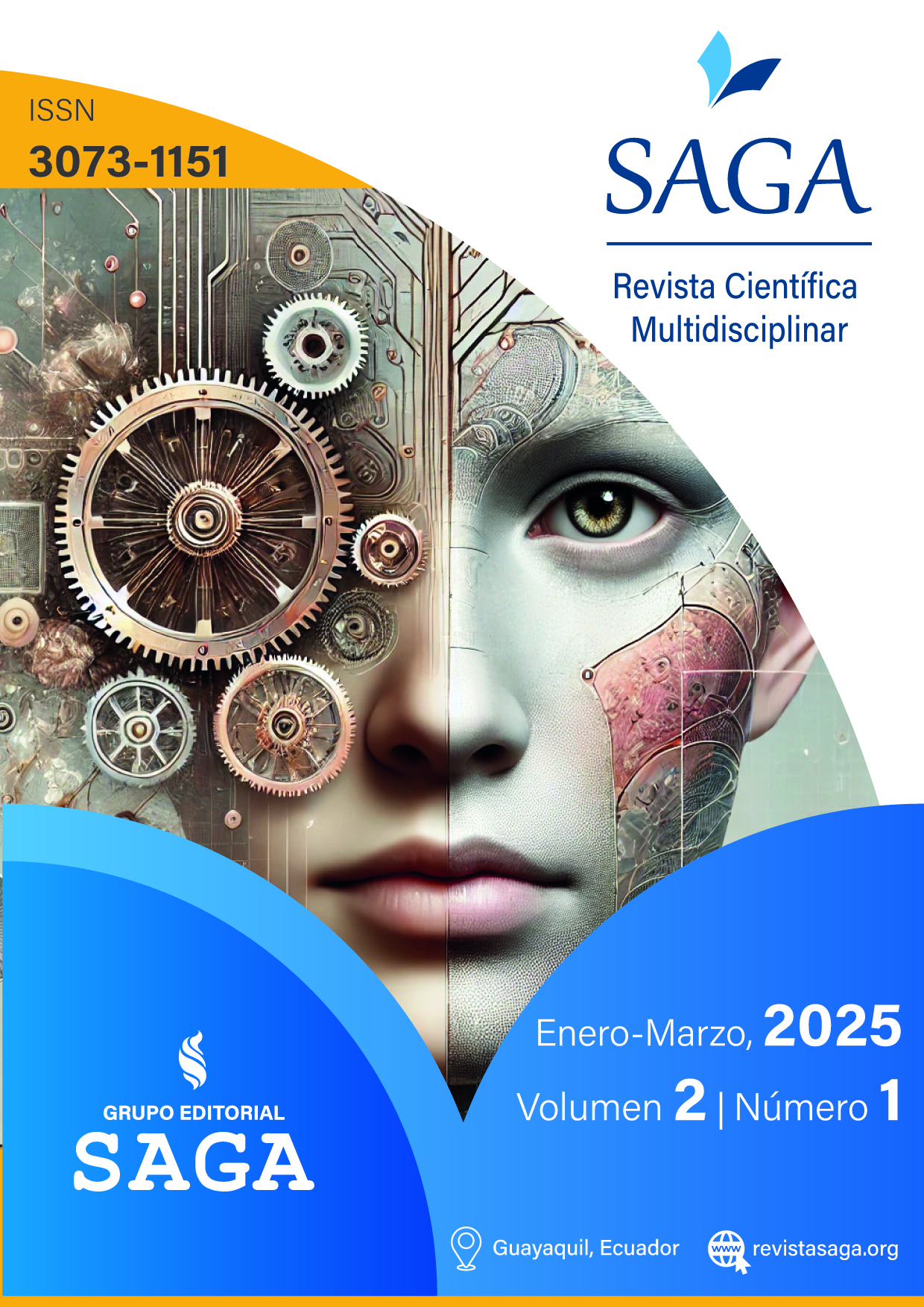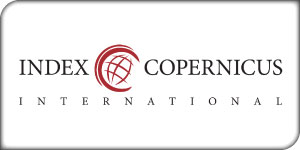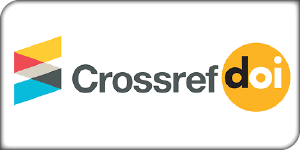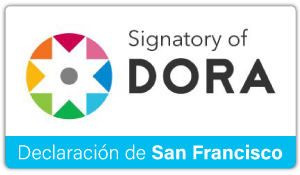Neuroaprendizaje del Inglés: La ciencia de hablar sin traducir
Palabras clave:
adquisición, cognición, lenguaje, neuroaprendizaje, traducciónSinopsis
¿Y si te dijera que ya tienes dentro de ti todo lo que necesitas para hablar inglés con naturalidad? No como un estudiante que traduce palabra por palabra, sino como alguien que piensa directamente en otro idioma, que siente las frases antes de analizarlas. Este libro es una invitación —profunda, práctica y reveladora— a reconfigurar la forma en que tu mente se relaciona con el inglés.
Aquí no hay listas interminables de verbos irregulares ni reglas gramaticales para memorizar. Hay cerebro. Hay emoción. Hay ciencia. Y hay algo más: una forma más humana de aprender, donde el error no es enemigo, sino puerta de entrada.
A lo largo de estas páginas descubrirás cómo funciona el cerebro bilingüe, qué bloquea tu fluidez real y cómo activar ese modo mental en el que el inglés no se traduce… se vive. Aprenderás por qué repetir frases completas (chunks) no es trampa, sino neuroeficiencia pura. Entenderás por qué algunas personas sueñan en inglés sin haber vivido fuera. Y sobre todo, te darás cuenta de que tú también puedes hacerlo.
Escrito con la calidez de una conversación y el respaldo de la neurociencia, este libro es más que una guía. Es un cambio de paradigma. Un viaje desde el esfuerzo consciente hacia la libertad de hablar sin pensar. O mejor dicho: de hablar pensando en inglés.
Referencias
Ali, A. M. (2023). The effect of bilingualism on cognitive development in children: Review article. Alustath Journal for Human and Social Sciences, 62(4), 387–404. https://www.alustath.uobaghdad.edu.iq/index.php/UJIRCO/article/view/2278
Aguayo, P. Y. M., Ganchozo, B. S. I., Vélez, C. R. C., Parrales, A. M. P., Rodríguez, A. R., & Loor, L. V. V. (2025). Aprender inglés desde la base: Un viaje didáctico A1-A2. Editorial Internacional Alema. https://editorialalema.org/libros/index.php/alema/article/view/48
Bialystok, E. (2024). The bilingual adaptation: How minds accommodate experience. In Where language meets thought (pp. 149–218). Routledge. https://www.taylorfrancis.com/chapters/edit/10.4324/9781003412427-9/bilingual-adaptation-ellen-bialystok
Brito-Chiquillo, J. G., Ojeda-Pertuz, D. D. C., & Hernández-Palma, H. G. (2023). Adopción del inglés como segunda lengua, un componente de competitividad en la educación. Colombian Applied Linguistics Journal, 25(1), 86–96. http://www.scielo.org.co/scielo.php?pid=S0123-46412023000100086&script=sci_arttext
Cargnelutti, E., Tomasino, B., & Fabbro, F. (2022). Effects of linguistic distance on second language brain activations in bilinguals: An exploratory coordinate-based meta-analysis. Frontiers in Human Neuroscience, 15, 744489. https://www.frontiersin.org/articles/10.3389/fnhum.2021.744489/full
Castillo Espinoza, J. A., & Luengo, D. D. (2024). Indagar si el bilingüismo influye en el diagnóstico del Trastorno del Desarrollo del Lenguaje (TDL). El caso particular de bilingüismo (mapudungun/español) en Chile. Revista Científica Signos Fónicos, 10(1), 15–29. https://doi.org/10.24054/rcsf.v10i1.3060
Castro, S., Wodniecka, Z., & Timmer, K. (2022). Am I truly monolingual? Exploring foreign language experiences in monolinguals. PLOS ONE, 17(3), e0265563. https://journals.plos.org/plosone/article?id=10.1371/journal.pone.0265563
Del Maschio, N., Del Mauro, G., Bellini, C., Abutalebi, J., & Sulpizio, S. (2022). Foreign to whom? Constraining the moral foreign language effect on bilinguals’ language experience. Language and Cognition, 14(4), 511–533. https://doi.org/10.1017/langcog.2022.21
Djumabaeva, J. S., & Kengboyeva, M. Y. (2021). Bilingualism and its importance in human life. Linguistics and Culture Review, 5(1), 53–63. http://lingcure.org/index.php/journal/article/view/451
Emilova Racheva, M. (2023). El debate sobre el lenguaje no binario en los últimos 50 años: Bases lingüísticas, cognitivas y sociológicas [Tesis de grado, Universidad de Granada]. https://digibug.ugr.es/handle/10481/83417
Fibla, L., Kosie, J. E., Kircher, R., Lew-Williams, C., & Byers-Heinlein, K. (2022). Bilingual language development in infancy: What can we do to support bilingual families? Policy Insights from the Behavioral and Brain Sciences, 9(1), 35–43. https://doi.org/10.1177/23727322211069312
García Colet, L. (2024). El bilingüismo y su influencia en la integración de la segunda lengua [Trabajo Fin de Grado, Universidad de Valladolid]. https://uvadoc.uva.es/handle/10324/67371
Geng, S., Quiñones, I., Gil-Robles, S., Gastelu, I. C. P., Bermudez, G., Timofeeva, P., ... & Amoruso, L. (2023). Neural dynamics supporting longitudinal plasticity of action naming across languages: MEG evidence from bilingual brain tumor patients. Neuropsychologia, 181, 108494. https://doi.org/10.1016/j.neuropsychologia.2023.108494
Hernández González, I. D., & Quiñones Cortés, S. (2023). Desarrollo de las habilidades comunicativas en inglés en estudiantes con TEA y TDAH desde el enfoque DUA [Tesis de licenciatura, UCEVA]. http://uceva.repositoriodigital.com/handle/20.500.12993/2623
Korenar, M., & Pliatsikas, C. (2023). Second language acquisition and neuroplasticity: Insights from the Dynamic Restructuring Model. In The Routledge handbook of second language acquisition and neurolinguistics (pp. 191–203). Routledge. https://www.taylorfrancis.com/chapters/edit/10.4324/9781003190912-18
Kousaie, S., & Klein, D. (2023). Using functional neuroimaging to investigate second language organization. In The Routledge handbook of second language acquisition and neurolinguistics (pp. 46–58). Routledge. https://www.taylorfrancis.com/chapters/edit/10.4324/9781003190912-6
Lee, Y. Y. (2022). A conceptual analysis of typological distance and its potential consequences on the bilingual brain. International Journal of Bilingual Education and Bilingualism, 25(9), 3333–3346. https://doi.org/10.1080/13670050.2022.2052790
Liu, C., Jiao, L., Timmer, K., & Wang, R. (2021). Structural brain changes with second language learning: A longitudinal voxel-based morphometry study. Brain and Language, 222, 105015. https://doi.org/10.1016/j.bandl.2021.105015
Lopez, K., Gravier, M., Vasquez, A., Soto, J., Tollast, A., & Higby, E. (2023). Cross-language generalization in bilingual aphasia: Influence of manner of second language acquisition. Aphasiology, 37(10), 1594–1622. https://doi.org/10.1080/02687038.2022.2114289
Marian, V., & Hayakawa, S. (2021). Measuring bilingualism: The quest for a “bilingualism quotient”. Applied Psycholinguistics, 42(2), 527–548. https://doi.org/10.1017/S0142716420000722
Nguyen, M. V., & Winsler, A. (2021). Early bilingualism predicts enhanced later foreign language learning in secondary school. Developmental Psychology, 57(11), 1926–1937. https://doi.org/10.1037/dev0001219
Nguyen, M. V. H., & Winsler, A. (2022). Early bilingualism increases the likelihood of taking (and mastering) foreign language courses later in secondary school. In Understanding variability in second language acquisition, bilingualism, and cognition (pp. 240–267). Routledge. https://www.taylorfrancis.com/chapters/edit/10.4324/9781003155683-10
Nichols, E. S., Gao, Y., Fregni, S., Liu, L., & Joanisse, M. F. (2021). Individual differences in representational similarity of first and second languages in the bilingual brain. Human Brain Mapping, 42(16), 5433–5445. https://doi.org/10.1002/hbm.25633
Nickerson, N., & Kovelman, I. (2022). Brain imaging methods. In Research methods for understanding child second language development (pp. 144–163). Routledge. https://www.taylorfrancis.com/chapters/edit/10.4324/9780367815783-9
Novak, M. (2023). El bilingüismo temprano: Estudio de caso de una familia mexicano-croata [Tesis doctoral, University of Zadar]. https://repozitorij.unizd.hr/en/islandora/object/unizd:8296
Palma, H. G. H., del Carmen Ojeda-Pertuz, D., & Brito-Chiquillo, J. G. (2023). Adopción de la segunda lengua, un componente de competitividad en la educación global. Colombian Applied Linguistics Journal, 25(1), 86–96. https://revistas.udistrital.edu.co/index.php/calj/article/view/ingles-competitividad-educacion
Putjata, G., & Koster, D. (2023). ‘It is okay if you speak another language, but…’: Language hierarchies in mono-and bilingual school teachers’ beliefs. International Journal of Multilingualism, 20(3), 891–911. https://doi.org/10.1080/14790718.2021.1953503
Quiñones, I., Amoruso, L., Pomposo Gastelu, I. C., Gil-Robles, S., & Carreiras, M. (2021). What can glioma patients teach us about language (re)organization in the bilingual brain: Evidence from fMRI and MEG. Cancers, 13(11), 2593. https://doi.org/10.3390/cancers13112593
Rossi, E., Voits, T., & DeLuca, V. (2023). Using structural neuroimaging to investigate second language. In The Routledge handbook of second language acquisition and neurolinguistics (pp. 59–71). Routledge. https://www.taylorfrancis.com/chapters/edit/10.4324/9781003190912-7
Santiago, S. R. (2022). La aplicación de las técnicas de programación neurolingüística para aumentar la motivación estudiantil en la educación de adultos. Ciencia y Educación, 6(2), 17–29. https://revistas.intec.edu.do/index.php/ciened/article/view/2317
Sharipov, S. S. (2021). Bilingualism–As a phenomenon of bilingual cognitive communication. European Journal of Agricultural and Rural Education, 2(12), 80–84. https://www.neliti.com/publications/382387
Shen, L., Li, X., Huang, S., Huang, Y., Gao, X., You, Z., ... & Tang, X. (2022). Comprehending scientific metaphors in the bilingual brain: Evidence from event-related potentials. Frontiers in Psychology, 13, 1037525. https://doi.org/10.3389/fpsyg.2022.1037525
Stankovic, M., Biedermann, B., & Hamamura, T. (2022). Not all bilinguals are the same: A meta-analysis of the moral foreign language effect. Brain and Language, 227, 105082. https://doi.org/10.1016/j.bandl.2022.105082
van Hell, J. G. (2023). The neurocognitive underpinnings of second language processing: Knowledge gains from the past and future outlook. Language Learning, 73(S2), 95–138. https://doi.org/10.1111/lang.12601
Vaughn, K. A., Nguyen, M. V., Ronderos, J., & Hernandez, A. E. (2021). Cortical thickness in bilingual and monolingual children: Relationships to language use and language skill. NeuroImage, 243, 118560. https://doi.org/10.1016/j.neuroimage.2021.118560
Wagner, D., Bialystok, E., & Grundy, J. G. (2022). What is a language? Who is bilingual? Perceptions underlying self-assessment in studies of bilingualism. Frontiers in Psychology, 13, 863991. https://doi.org/10.3389/fpsyg.2022.863991
Waldie, K. E., Badzakova-Trajkov, G., Park, H. R., Zheng, Y., Neumann, D., & Zamani Foroushani, N. (2021). The cognitive and neural correlates of written language: A selective review of bilingualism. Journal of the Royal Society of New Zealand, 51(1), 81–96. https://doi.org/10.1080/03036758.2020.1779093
Wolna, A., Szewczyk, J., Diaz, M., Domagalik, A., Szwed, M., & Wodniecka, Z. (2024). Domain-general and language-specific contributions to speech production in a second language: An fMRI study using functional localizers. Scientific Reports, 14(1), 57. https://doi.org/10.1038/s41598-023-49375-9
Yang, S., Zhang, X., & Jiang, M. (2021). Bilingual brains learn to use L2 alliterations covertly like poets: Brain ERP evidence. Frontiers in Psychology, 12, 691846. https://doi.org/10.3389/fpsyg.2021.691846
Zhang, C. (2022, January). The advantages and disadvantages of learning a second language early. In 2021 International Conference on Social Development and Media Communication (SDMC 2021) (pp. 32–37). Atlantis Press. https://www.atlantis-press.com/proceedings/sdmc-21/125968656
